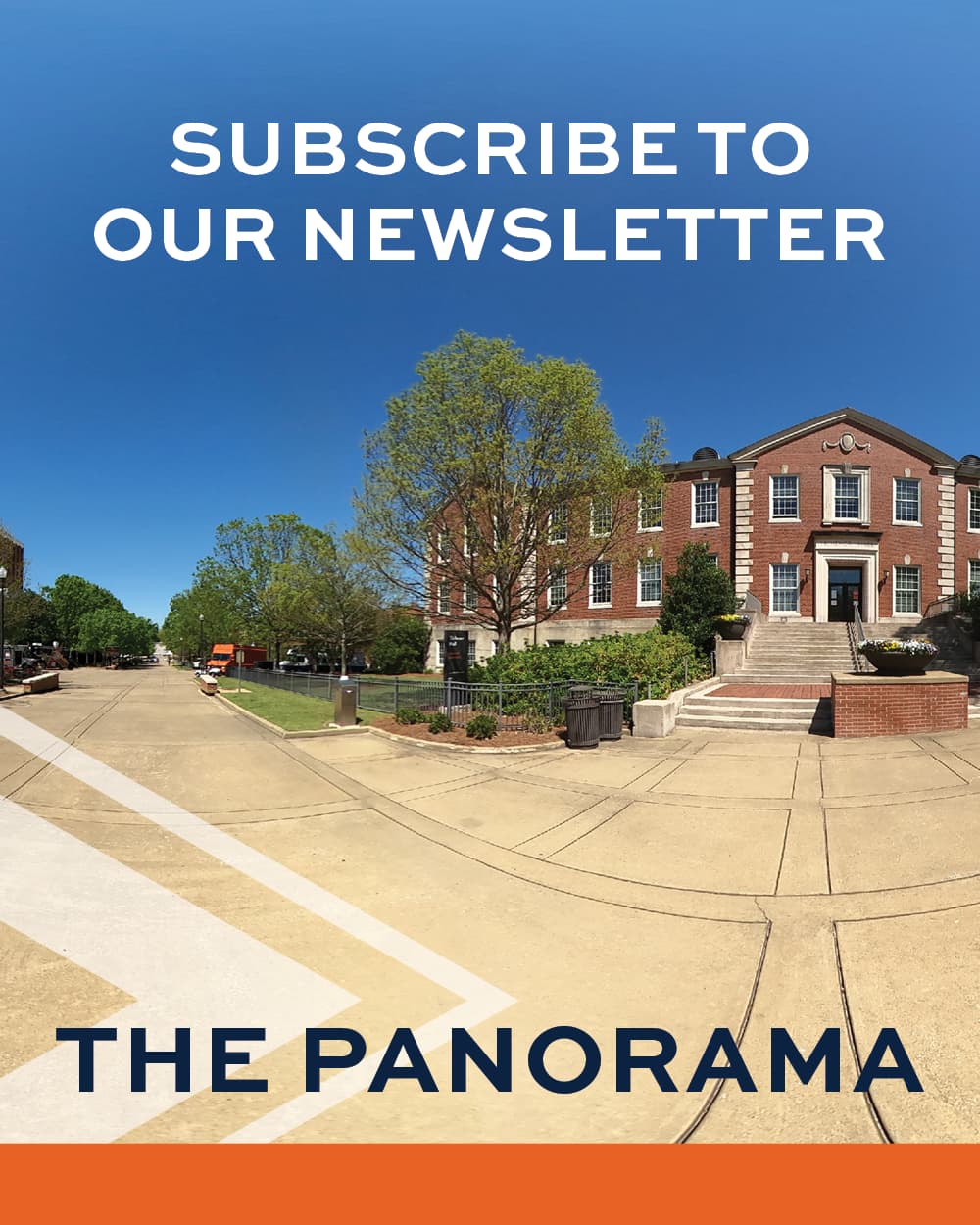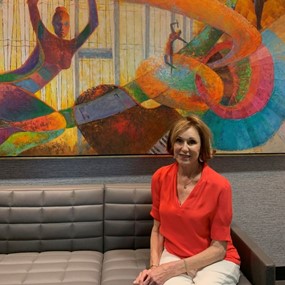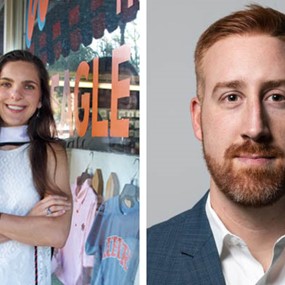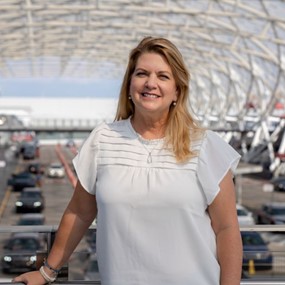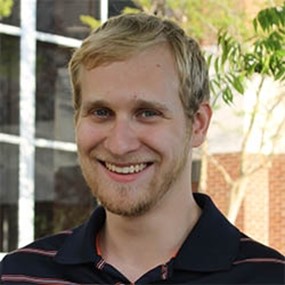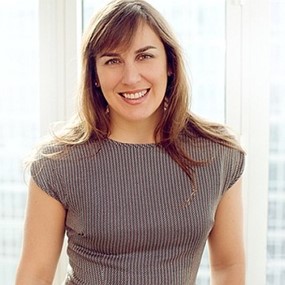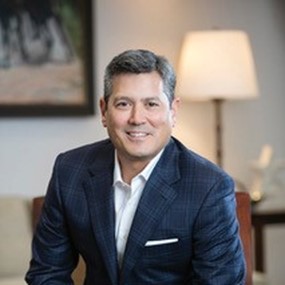Alumni Spotlight: Jeremy Kinney '03, curator at the National Air and Space Museum

Engaging and informing visitors about aviation history is a responsibility alumnus Jeremy Kinney takes seriously as a curator in the Aeronautics Department of the Smithsonian’s National Air and Space Museum in Washington, DC. He is an expert on aeronautics and aviation and an avid researcher and collector. He is also an author. His most recent book, Reinventing the Propeller, documents the story of a forgotten technology to reveal new perspectives on engineering, research and development, design, and the multi-layered social, cultural, financial, commercial, industrial, and military infrastructure of aviation.
Kinney received his PhD in the history of technology from Auburn in 2003 and began working for the Air and Space Museum before his doctorate was even completed. “I was hired in 2000, and I received my PhD in 2003. I finished writing my dissertation here as a curator. It's my first real job,” Kinney said.
As a curator in the aeronautics department of the Smithsonian’s National Air and Space Museum, Kinney is fulfilling a lifelong trajectory to work in the field he loves. "I knew what I wanted to do that ever since I was a kid. I'd always been interested in the history of flight and always been fascinated by it."
The North Carolina native says he chose Auburn to pursue his doctorate based on a recommendation from someone he admired. “As an undergraduate in Greensboro College, I wrote a letter to an author named Lee Kennett, who had written a book about World War I aviation. I was specifically interested in studying aviation history and he said, ‘Go to Auburn.’ Auburn has the concentration of experts in the field. Especially in the different aspects of the area, commercial, military, space, so I put my sights directly on Auburn.”
Even though the history of technology program was relatively new, Auburn’s professors were already well-known and respected in the field. Kinney said he found the Department of History to be welcoming, and that reinforced his decision to attend Auburn.
“I felt like I thrived in the environment. I enjoyed the community atmosphere of the history department and I really liked being there. I went in the summer, and so I always had my courses; I had my routine. I made my own schedule, and most students did their own thing, so there was a lot of freedom. It was such a great atmosphere, great town, great environment to be in, too.”
A diligent student, Kinney spent a lot of time in the Ralph Brown Draughon Library. “For me books have always been really important, especially subjects I'm passionate about. Auburn has the second best aerospace library, especially aviation library in the country, maybe the world, and is only behind the National Air and Space Museum. Thinking back on that, it was so exhilarating to be able to go and pull any book I wanted to look at, that I needed, so professionally, academically, that's something I'm pretty happy about as a memory from Auburn.”
Not only did he excel in his coursework, Kinney also made sure to network with the connections history faculty had all over the country, including at the Smithsonian. “The professors at Auburn are always talking to the curators at the Air and Space Museum. So being a student of them and having those connections has a positive impact on students.”
As a graduate student, Kinney made his name and skill set known to potential collaborators and employers not only by utilizing faculty connections, but also by establishing plenty on his own. “Don’t hide behind your professor, you really need to get out there and meet people."
Kinney says he takes his responsibility as a public servant very seriously and that Auburn played a critical role in equipping him for the position. “Auburn really prepared me for serving the American people. I'm in an international position, that's how I look at things. What I really like about what Auburn did for me is I was able to come here and reach out and connect with people. It’s a tremendous honor for me to be the person representing the museum and interacting with all these people. I honestly think about that every day."
What does a curator do?
As a curator, Kinney shares his decades of aviation history knowledge with the millions of people who visit the museum. Kinney said that there are four main areas of responsibility for a curator: research, collections, public service, and exhibits.
On any given day, Kinney might be fielding media requests in the forms of interviews (television, newspapers, radio, podcasts, etc.) or giving tours to elected officials and other special guests, or giving a special tour to a celebrity or dignitary. He also has to make time to tend to his collection, which involves obtaining, cataloging, and maintaining the items he oversees and collects for the museum.
“I have 1920's, 30's and 40's American military aircraft, which ranges from an interwar airplane that was the first to fly non-stop across the US in 1923, to Enola Gay, the airplane that dropped the first atomic bomb in history. I look at American military aviation with that collection. I also oversee air racing, and I do aircraft propulsion systems, so propeller and engines and that kind of stuff. It all keeps me very busy and we are always juggling those things. There's never a dull moment and never a set schedule.”
Kinney recently opened The Pioneers of Flight exhibit, which focuses on aviation in the ‘20s and ‘30s. "The Pioneers of Flight exhibition is one where we included toys and models so that people of all ages can share in this idea of what was it like to be enthusiastic about aviation in the '20s and '30s."
“Putting all the effort and coordination into an exhibit and opening something that you know so many people are going to see, and then seeing their reactions is one of the big perks to being a curator.”
Kinney was also featured on an episode of PBS' Nova about the B-24 Bomber.
